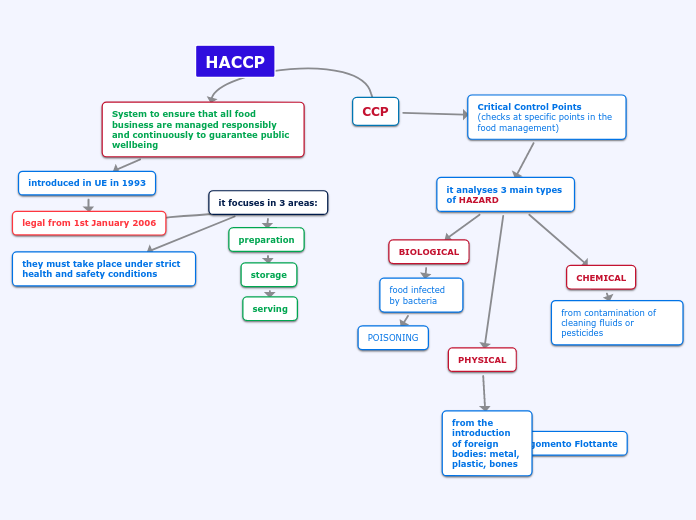VARIABLES
Definition
a variable represents a measurable attribute that changes or varies across the experiment whether comparing results between multiple groups, multiple people or even when using a single person in an experiment conducted over time.
Constructs
A construct is what is behind a varible that cannot be measured or observed.
Scales of measurement
RATIO SCALE: It satisfies all four of the properties of measurement: identity, magnitude, equal intervals, and a minumum value of zero.
INTERVALE SCALE: It has the properties of identity, magnitude, and equal intervals.
ORDINAL SCALE: It has the property of both identity and magnitude. Each value on the ordinal scale has a unique meaning, and it has an ordered relationship to every other value on the scale.
NOMINAL SCALE: It only satisfies the identity property of measurement. It represents a descriptive category.
Types
EXTRANEOUS VARIABLES
. . . are those factors in the research environment which may have an effect on the dependent variable(s) but which are not controlled. Extraneous variables are dangerous. They may damage a study's validity, making it impossible to know whether the effects were caused by the independent and moderator variables or some extraneous factor. If they cannot be controlled, extraneous variables must at least be taken into consideration when interpreting results.
CONTROL VARIABLES
Language learning and teaching are very complex processes. It is not possible to consider every variable in a single study. Therefore, the variables that are not measured in a particular study must be held constant, neutralized/balanced, or eliminated, so they will not have a biasing effect on the other variables. Variables that have been controlled in this way are called control variables.
MODERATOR VARIABLES
. . . affect the relationship between the independent and dependent variables by modifying the effect of the intervening variable(s). Unlike extraneous variables, moderator variables are measured and taken into consideration. Typical moderator variables in TESL and language acquisition research (when they are not the major focus of the study) include the sex, age, culture, or language proficiency of the subjects.
INTERVENING VARIABLES
. . . refer to abstract processes that are not directly observable but that link the independent and dependent variables. In language learning and teaching, they are usually inside the subjects' heads, including various language learning processes which the researcher cannot observe. For example, if the use of a particular teaching technique is the independent variable and mastery of the objectives is the dependent variable, then the language learning processes used by the subjects are the intervening variables.
INDEPENDENT VARIABLES
. . . are those that the researcher has control over. This "control" may involve manipulating existing variables (e.g., modifying existing methods of instruction) or introducing new variables (e.g., adopting a totally new method for some sections of a class) in the research setting. Whatever the case may be, the researcher expects that the independent variable(s) will have some effect on (or relationship with) the dependent variables.
DEPENDENT VARIABLES show the effect of manipulating or introducing the independent variables. For example, if the independent variable is the use or non-use of a new language teaching procedure, then the dependent variable might be students' scores on a test of the content taught using that procedure. In other words, the variation in the dependent variable depends on the variation in the independent variable.









